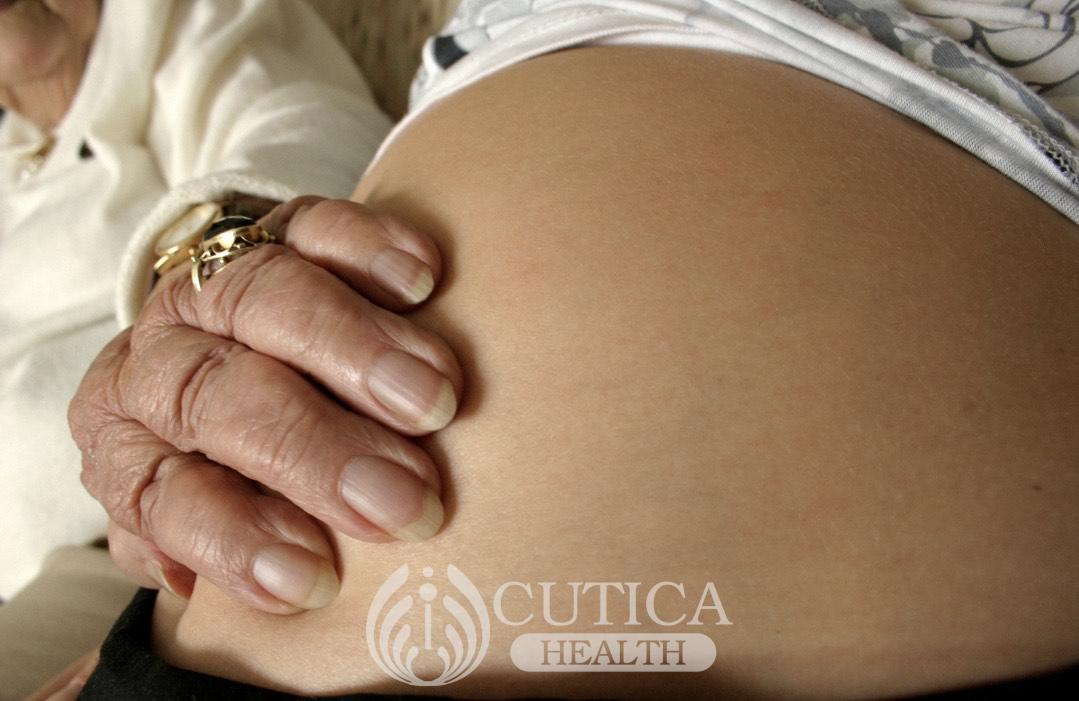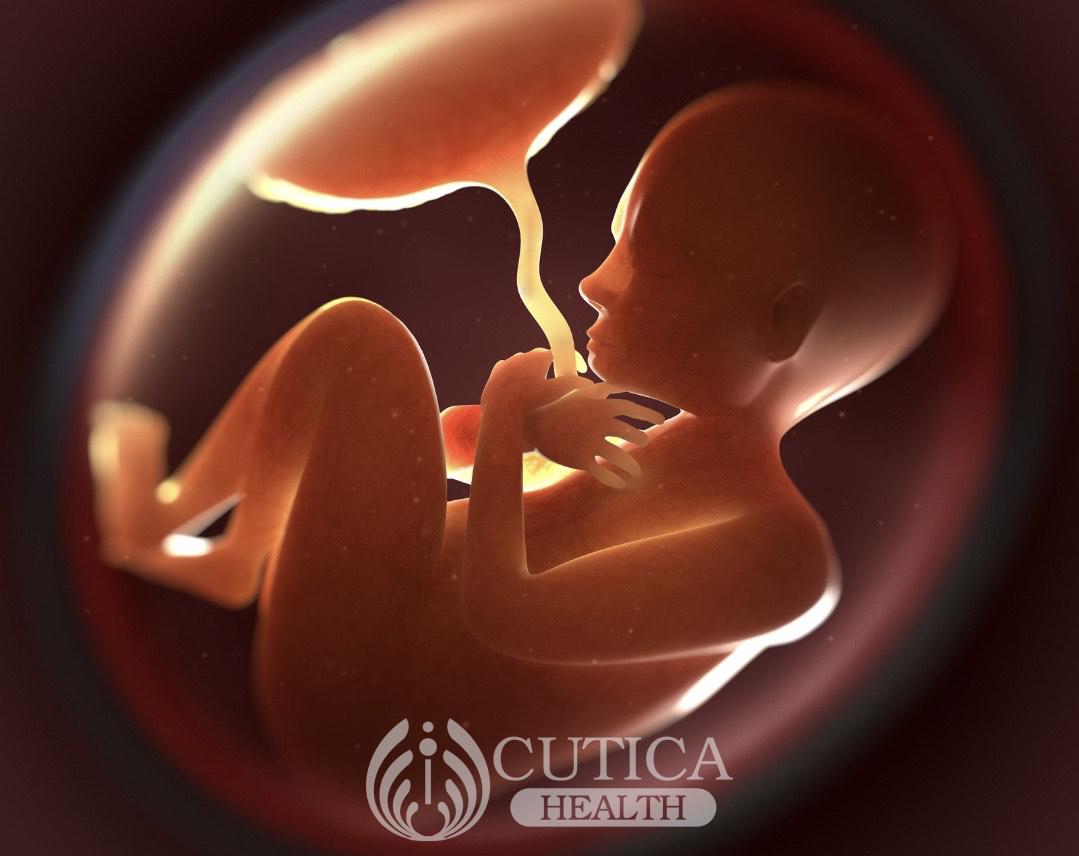
“Hello Mr. Chukwuma, is anything the matter?” “My wife has been pregnant for 10 months; I suspect a spiritual attack. ““I don’t know; have you seen a doctor about this? “No, I haven’t; I didn’t know the problem could be simply medical.”
Mothers naturally expect to deliver after 9 months of pregnancy. However; health workers are more precise; they need one important date—the first day of your last menstrual period. With this date in mind, doctors and midwives count and you can expect your bundle of joy in 280 days or 40 weeks. This date is your estimated due date or EDD.

What is a prolonged pregnancy?
You can expect to deliver two weeks before or after the ideal 40 weeks calculation; this puts the normal range at roughly 37-42 weeks, otherwise called “term pregnancy.” Anytime earlier than 37 weeks is pre-term pregnancy or prematurity, while anything later than 42 weeks is prolonged pregnancy. Simply stated, prolonged pregnancy means being pregnant for 42 weeks or 294 days past the first day of your last menstrual period.
Is prolonged pregnancy bad for you?
Prolonged pregnancy has enormous health risks, to the mother and the unborn baby. The greater danger is to your unborn baby, who stands a greater risk of suffering from so many conditions, including breathing problems, developmental problems, and restricted growth in the womb. Further, babies born after a prolonged pregnancy are more likely to have birth injuries and need resuscitation upon delivery. It also increases the risk of stillbirth and death in the first month of life.
For mothers, prolonged pregnancy increases the risk of birth problems and maternal death. It also comes with an increased risk of cesarean birth and placental problems.
What factors increase your chance of prolonged pregnancy?
With such a long list of things that could go wrong with your baby if left in the womb for too long, you know you have to get acquainted with factors that could increase your risk of prolonged pregnancy. These include
- High pre-pregnancy weight
- Mother’s excessive weight gain during pregnancy
- Previous history of post-term pregnancy
- A mother born post-term has a greater chance of delivering a post-term baby
- Advanced age of mother
- Mother being obese
- Mother being white (Caucasian)
- A male baby
- A family history of prolonged pregnancy

How can you prevent prolonged pregnancy?
First thing you must do is to avoid the confusion of wrong dates. Be sure that your EDD is well-calculated as this can help identify at–risk babies. Take an ultrasound scan early in pregnancy: this uses measurements of your baby’s body to minimize EDD calculation mistakes
If your baby stands the risk of postmaturity, doctors can induce labor to make you deliver earlier or at your due date. Inducing labor may help to reduce the risk of perinatal deaths and caesarean sections
To avoid the many risks associated with post-term pregnancy, doctors induce labor between 41 and 42 weeks of pregnancy.
Above all, ensure you don’t miss your routine prenatal checks. This ensures your doctor continues to monitor your baby to detect problems early.

Take-home message: the risks associated with prolonged pregnancy are too many to be neglected. Therefore, stay watchful, calculate your due date carefully and ensure you seek medical attention once your due date has passed and no labor signs in the offing.












